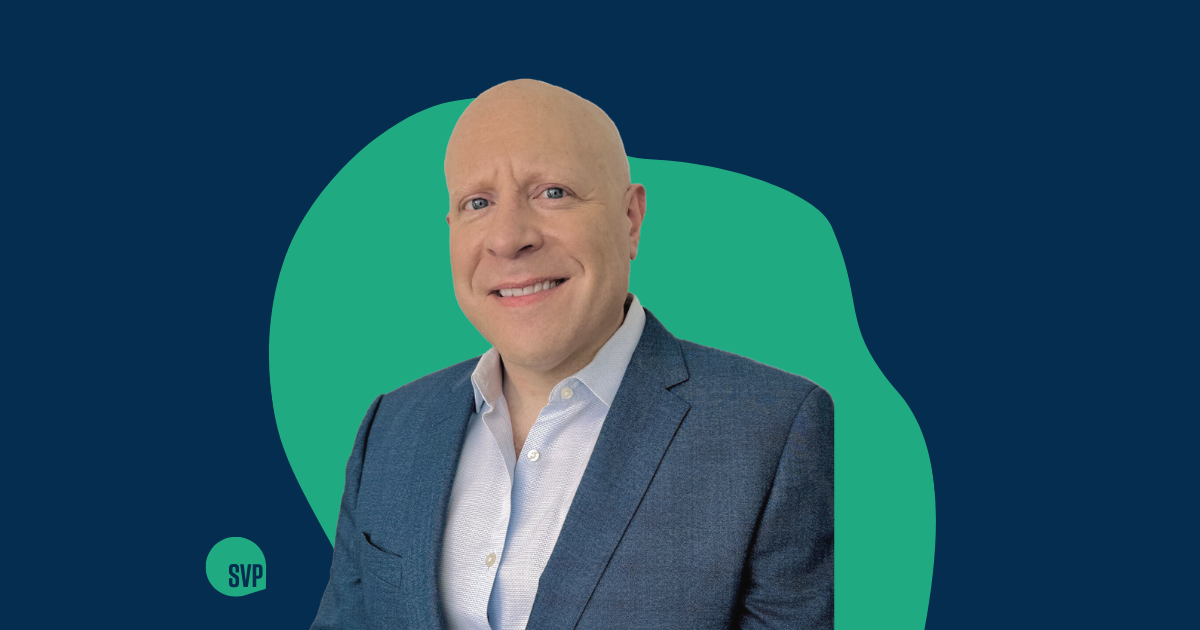Raikes Foundation Shows Power Sharing is Key to Building a Movement
 Philanthropy needs to do more than direct funds to organizations doing good work. Our power also lies in how we educate and amplify the important impact and lessons from movements we support. When we convene networks, we can increase the impact of our work by lifting up community leaders. Recently, the Raikes Foundation shared power by sharing its platform with Giving Compass and Color of Change.
Philanthropy needs to do more than direct funds to organizations doing good work. Our power also lies in how we educate and amplify the important impact and lessons from movements we support. When we convene networks, we can increase the impact of our work by lifting up community leaders. Recently, the Raikes Foundation shared power by sharing its platform with Giving Compass and Color of Change.
“People don’t experience issues, they experience everyday life. Our job is to help show those connections to get people involved” – Rashad Robinson, President, Color of Change
Connecting people to a movement requires helping them see how work on a specific issue will impact their everyday lives. Rashad Robinson, President of Color of Change, said he starts conversations about laws that restrict what history can be taught in schools by asking parents to share how they think learning incomplete history would impact their own children.
His approach to dialogue is a powerful teaching tool. We know that when philanthropy shares its own power, it can deepen relationships and reach a wider audience. Convening generates momentum and gathers a new mix of voices to prompt fresh questions and ideas. Ultimately, this builds the capacity of your connections alongside strengthening your coalition.
“This approach is not charity – its strategy.” – Rashad Robinson, President, Color of Change
Convening groups that might not normally be in conversation provides the chance for different sectors to align on how they talk about shared concerns. For example, Color of Change puts on workshops for parents to help them talk about their goals and answer common questions consistently and convincingly. By collaborating on a playbook, organizers and donors can increase the reach of their efforts and make sure the best ideas from multiple groups permeate our shared work.
Power sharing is a two way street; ceding the stage grows the power of both speaker and audience to be effective activists for change.
Questions to consider in your own practice:
- How has your organization showcased movement leaders or frontline workers to share your platform?
- In what ways can you convene different groups of people to work towards the same goal, and bring the voices of those proximal to the conversation?
- Can you recognize and cede your power to those who are historically excluded from decision-making seats?
- How is your work conscious and critical of traditional power structures?
Share the story of your philanthropic journey through the SVP International & Giving Compass Story Spotlight.

